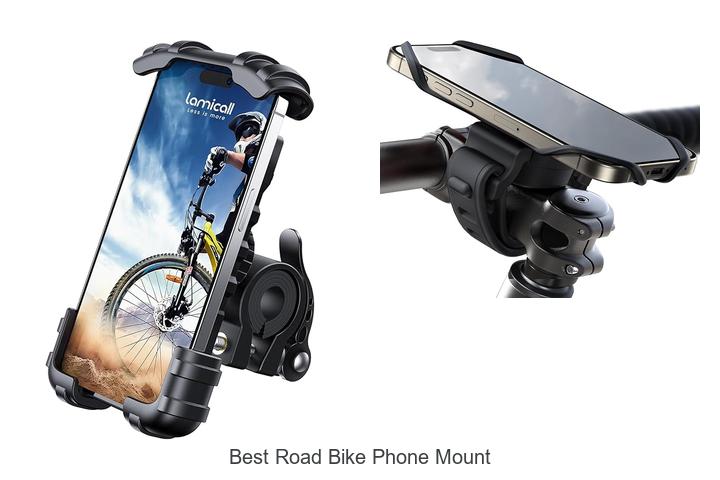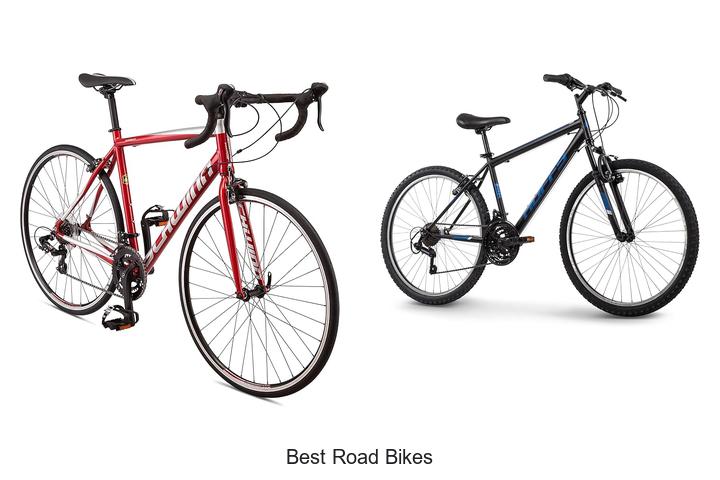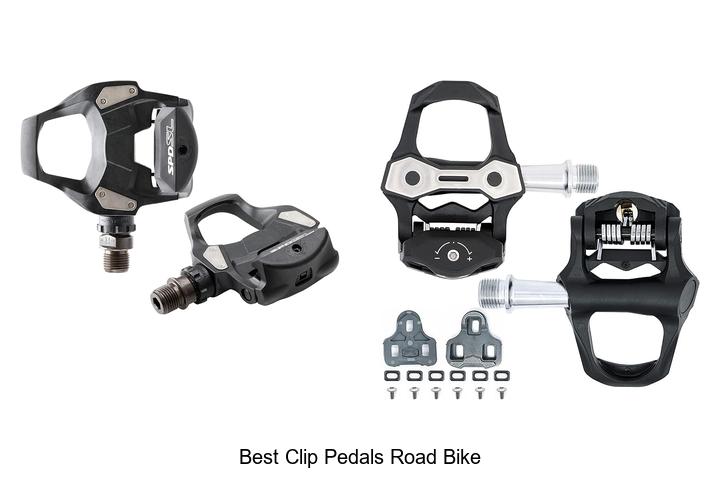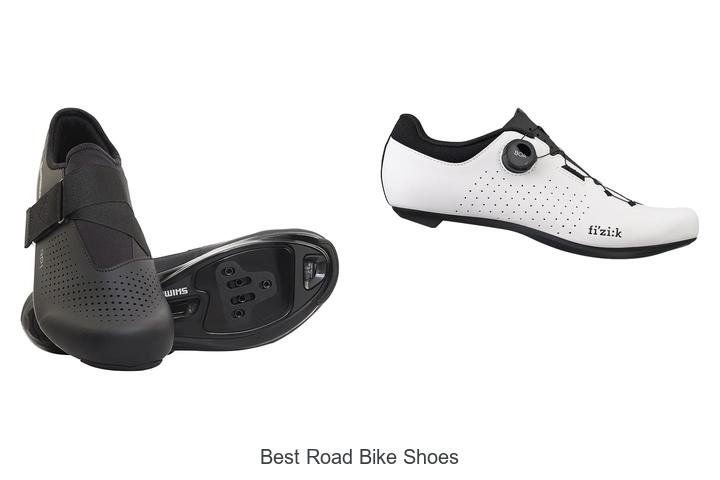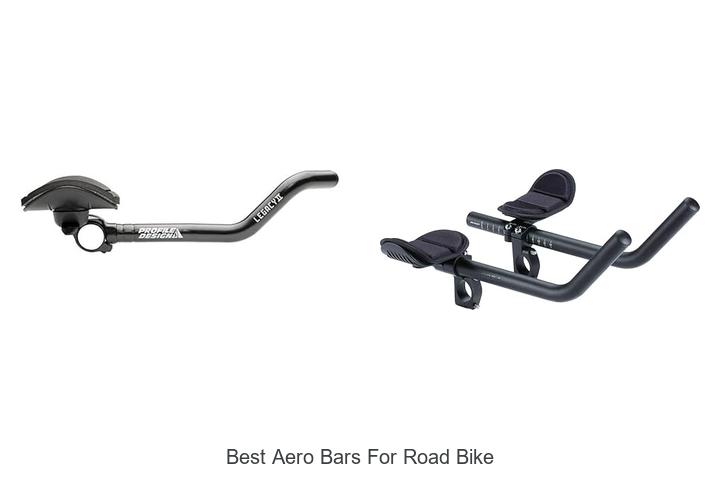Can You Put Gravel Tires on a Road Bike? Expert Guide
If you’re wondering whether you can put gravel tires on a road bike you’re not alone. Many cyclists want the versatility to tackle different terrains without switching bikes. Gravel tires offer better grip and durability on rough surfaces but may affect your road bike’s performance.
Understanding how gravel tires fit your road bike’s frame and rims is key. You’ll also want to consider how the added tread and width might impact speed and comfort. With the right setup you can enjoy a smoother ride on mixed surfaces without sacrificing too much efficiency.
Whether you’re looking to explore gravel paths or just want extra traction on wet roads knowing what works best for your bike helps you make the right choice. Let’s dive into what you need to know about using gravel tires on a road bike.
Understanding Gravel Tires and Road Bikes
You need to understand the key differences between gravel tires and road bike tires to make an informed choice. Each tire type suits specific conditions and bike designs.
What Are Gravel Tires?
Gravel tires feature wider widths, typically ranging from 35mm to 50mm, providing enhanced stability on uneven surfaces. Their tread patterns include knobby or textured designs that improve traction on loose gravel, dirt, and mud. Gravel tires use reinforced sidewalls and durable rubber compounds to resist punctures and abrasions found in off-road environments. You find these tires designed for versatility, balancing grip and rolling efficiency across mixed terrain.
Characteristics of Road Bike Tires
Road bike tires measure narrower, usually between 23mm and 32mm, for reduced rolling resistance and higher speeds on paved surfaces. Their smooth, slick tread minimizes friction and allows quick acceleration with less effort. Road tires prioritize lightweight construction and aerodynamic profiles, sacrificing some durability and grip needed for rough terrain. You must consider tire pressure, which often runs between 80 and 130 PSI, optimizing responsiveness and comfort on smooth roads.
| Tire Type | Width Range | Tread Pattern | Durability | Typical Pressure (PSI) | Surface Suitability |
|---|---|---|---|---|---|
| Gravel Tires | 35mm–50mm | Knobby or textured tread | Reinforced, puncture-resistant | 40–70 | Mixed terrain, gravel, dirt |
| Road Bike Tires | 23mm–32mm | Smooth, slick tread | Lightweight, less abrasion-resistant | 80–130 | Pavement, asphalt |
Compatibility of Gravel Tires With Road Bikes
Choosing gravel tires for your road bike demands a clear understanding of compatibility factors. Frame clearance, brake type, and wheel dimensions directly influence whether gravel tires fit and perform well on your bike.
Frame and Fork Clearance
Guarantee sufficient space in your frame and fork before installing gravel tires. Gravel tires typically range from 35mm to 50mm in width, so your bike’s frame must allow extra clearance beyond the tire width. Inadequate clearance risks tire rubbing, damage, and compromised handling. Measure clearance with precision; even a few millimeters can matter when fitting wider tires. Frames designed for skinny road tires (23mm to 28mm) often lack the room for larger gravel tires, while endurance or adventure road bikes tend to offer more space.
Brake Type Considerations
Identify your brake type since it affects tire width options. Rim brakes limit tire width more than disc brakes because the calipers sit close to the rim. If you use rim brakes, confirm the brake clearance accommodates wider tires without contact. Disc brakes free up tire choices by moving braking surfaces away from the tire, enabling widths up to 50mm or beyond depending on frame clearance. Check manufacturer specifications or test fit tires if possible for your brake style to prevent interference.
Wheel and Rim Compatibility
Match gravel tires with compatible wheels and rims to maintain safety and performance. Gravel tires require rims with suitable internal widths — generally 19mm to 25mm for 35mm+ tires. Narrow road rims (13mm to 17mm internal width) restrict tire width increases and affect tire shape and stability negatively when fitting wide tires. Ensure your rims support the tire width you choose per ETRTO standards or rim manufacturer guidance. Tubeless-ready rims paired with tubeless gravel tires improve puncture resistance and ride quality but aren’t mandatory for all setups.
Benefits of Using Gravel Tires on a Road Bike
Gravel tires add practical advantages to your road bike, enhancing its adaptability and performance when riding beyond smooth pavement.
Improved Traction and Comfort
Gravel tires offer increased traction through wider profiles and textured tread patterns that grip loose or uneven surfaces. You gain better control and confidence on gravel paths, dirt roads, and wet pavement. Comfort improves as the larger volume allows for lower tire pressures, which absorb shocks and vibrations more effectively than typical road tires. This reduces fatigue on longer rides or rough terrain.
Versatility on Different Surfaces
Gravel tires expand your road bike’s usability by enabling rides across diverse terrains. You can switch effortlessly from asphalt to gravel, packed dirt, or light trails without changing bikes. Their durability withstands abrasive surfaces and debris better than narrow road tires, lowering the risk of punctures. This versatility suits mixed-surface routes, commuting in variable conditions, or adventurous touring.
Potential Drawbacks and Considerations
Using gravel tires on a road bike introduces certain trade-offs that affect your riding experience. Understanding these factors helps you weigh versatility against performance.
Impact on Speed and Efficiency
Gravel tires slow you down compared to standard road tires due to increased rolling resistance. Their wider profile and tread pattern create more friction on smooth surfaces, reducing your speed on pavement. If your rides prioritize speed or racing, gravel tires may hinder efficiency. However, on rough or loose terrain, the traction benefits can outweigh speed loss.
Weight and Rolling Resistance
Gravel tires weigh more than typical road tires, raising the bike’s overall weight. This added weight affects acceleration and climbing effort. The larger volume and knobby tread increase rolling resistance, requiring more energy to maintain your pace. If your routes mainly consist of paved roads, stick to lighter, slick tires for optimal performance and less fatigue.
How to Choose the Right Gravel Tires for Your Road Bike
Selecting gravel tires for your road bike requires attention to key factors that affect ride quality and compatibility. Prioritize tire width, tread pattern, and pressure to match your intended terrain and bike setup.
Tire Width and Tread Patterns
Evaluate tire width based on your bike’s frame clearance and intended use. Gravel tires typically range from 35mm to 45mm in width, providing better stability without risking frame or fork rubbing. Choose narrower tires around 35mm for mixed surfaces with more pavement and wider ones up to 45mm for loose gravel or rough trails.
Examine tread patterns for traction and rolling resistance. Tires with small, closely spaced knobs excel on hard-packed gravel and wet pavement, maintaining speed and grip. Aggressive, widely spaced knobs suit loose gravel or mud but increase rolling resistance on smooth roads. Select tread that balances traction needs with your typical riding conditions.
Pressure Recommendations
Adjust tire pressure to optimize comfort and performance. Gravel tires run at lower pressures than road tires, generally between 30 to 50 psi, depending on width and rider weight. Lower pressures improve shock absorption and grip on rough surfaces, reducing fatigue. However, avoid going too low to prevent pinch flats and rim damage. Gradually test pressures within the recommended range to find your ideal balance for control and efficiency.
Installation and Maintenance Tips
Ensure your gravel tires fit your road bike’s rims before installation. Verify the internal rim width matches your gravel tire width, typically between 35mm and 50mm, to guarantee proper seating and performance. Use a tire lever to mount tires carefully, preventing damage to tire beads or rim tape.
Check tire pressure regularly, aiming for lower pressures than road tires—generally 30 to 50 psi—based on your weight and terrain. Adjust pressure to balance comfort, traction, and rolling resistance. Utilize a reliable pump with a pressure gauge for accurate inflation.
Inspect tires frequently for cuts, embedded debris, or wear, focusing on tread blocks and sidewalls. Rotate tires when possible to promote even wear, especially if your bike supports it. For tubeless gravel tires, maintain sealant levels by topping up every 3 to 6 months or after punctures.
Clean tires and rims after rides on muddy or gravel surfaces to prevent dirt buildup, which can affect braking and cause premature wear. Use mild soap and water, avoiding harsh chemicals that degrade tire rubber or rim finishes.
Securely tighten valve cores and check for any air leaks. Replace worn or damaged rim tape to protect inner tubes from punctures. Lubricate valve stems lightly to facilitate inflation and deflation without affecting air retention.
Regularly inspect brake pads and adjust brake calipers to accommodate wider gravel tires. Since wider tires alter clearance, ensure brakes don’t rub the tires, which can compromise safety and performance.
Conduct a quick test ride after installation to confirm tire alignment and frame clearance. Address any rubbing or seating issues immediately to avoid damage and ensure a smooth ride on various surfaces.
Conclusion
Choosing gravel tires for your road bike can open up new riding possibilities beyond smooth pavement. With the right fit and setup, you’ll gain extra traction and comfort on varied surfaces without needing a separate bike.
Keep in mind that wider tires and tread patterns may impact your speed and handling, so weigh the trade-offs based on your riding goals. Regular maintenance and proper pressure adjustments will help you get the most from your gravel tires.
Ultimately, if versatility and durability matter to you, gravel tires can be a smart upgrade that enhances your cycling experience across different terrains.
Frequently Asked Questions
Can I use gravel tires on my road bike?
Yes, you can use gravel tires on a road bike if your frame and fork have enough clearance. Ensure your brakes and wheels accommodate wider tires to avoid rubbing and maintain safe handling.
What are the main differences between gravel and road bike tires?
Gravel tires are wider (35-50mm) with knobby or textured treads for better grip on rough surfaces. Road tires are narrower (23-32mm) with smooth treads designed for speed on paved roads.
Will gravel tires affect my bike’s speed?
Yes, gravel tires typically increase rolling resistance due to their width and tread, which can slow you down on smooth pavement compared to slick road tires.
How do I know if my road bike frame fits gravel tires?
Check the clearance between your frame, fork, and brakes. You need at least a few millimeters of space around the tire to prevent rubbing and ensure safe performance.
Are disc brakes better for using gravel tires on road bikes?
Yes, disc brakes generally allow for wider tires because they don’t limit tire width like rim brakes do, making them more compatible with gravel tires.
Can I use tubeless gravel tires on a road bike?
Yes, tubeless gravel tires are a great option to improve ride comfort, reduce punctures, and allow lower tire pressures on mixed surfaces.
What tire pressure should I run with gravel tires?
Run gravel tires at lower pressures than road tires, typically between 30-50 psi, depending on tire width and surface conditions, to enhance comfort and traction.
Do gravel tires wear out faster than road tires?
Gravel tires are usually more durable due to thicker rubber and tread designed for rough surfaces, so they may last longer on mixed or off-road routes.
Will gravel tires make my ride more comfortable?
Yes, the wider profile and lower pressure of gravel tires absorb shocks and vibrations better, providing a smoother ride on uneven terrain.
What should I consider when choosing gravel tires for my road bike?
Consider tire width compatibility with your bike, tread pattern suited for your riding surface, and the right tire pressure to balance comfort, grip, and speed.
